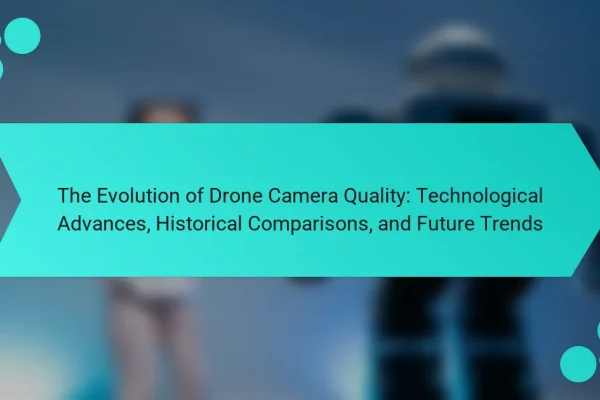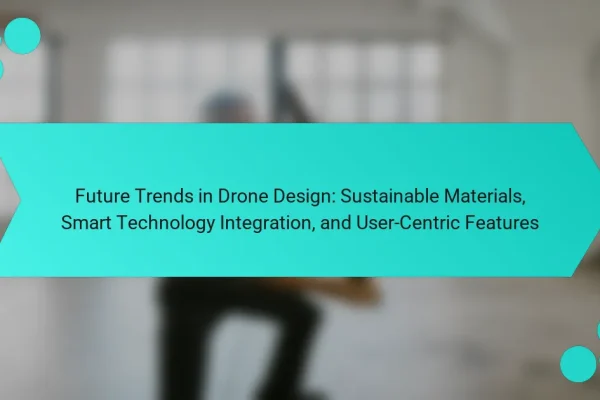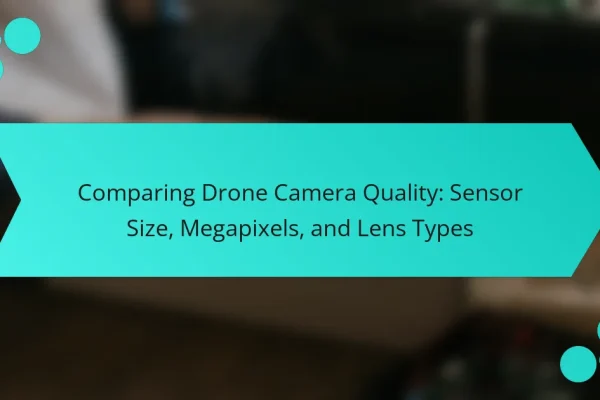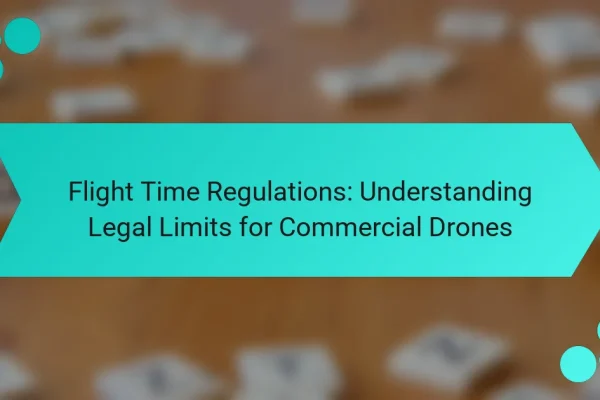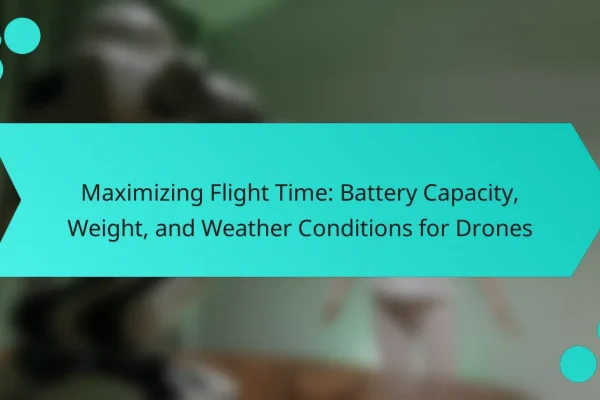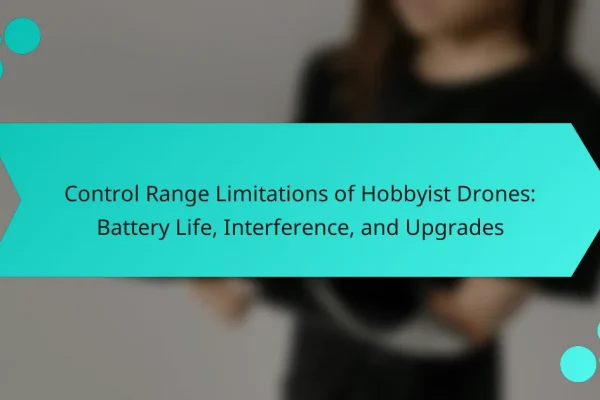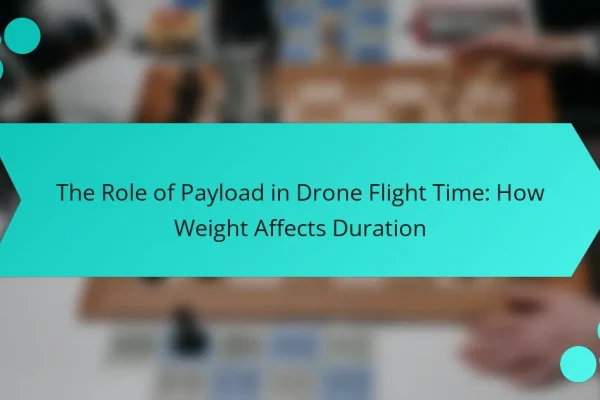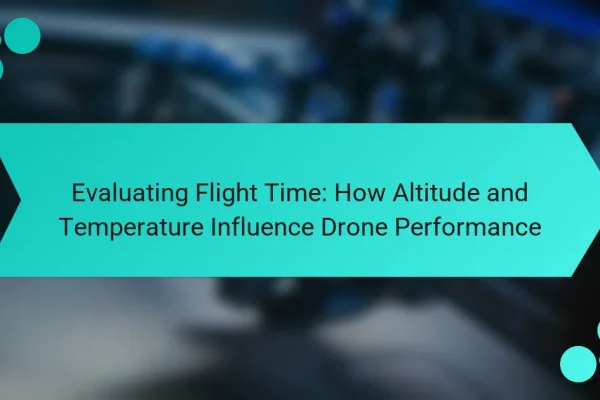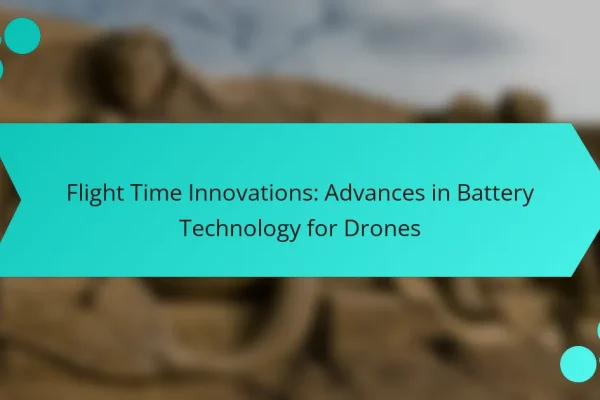
Flight Time Innovations: Advances in Battery Technology for Drones
What are Flight Time Innovations in Drone Technology? Flight time innovations in drone technology refer to advancements that extend the operational duration of drones. These innovations primarily stem from improvements in battery technology. New battery chemistries, such as lithium-sulfur and solid-state batteries, offer higher energy densities. For instance, lithium-sulfur batteries can potentially provide up to…
